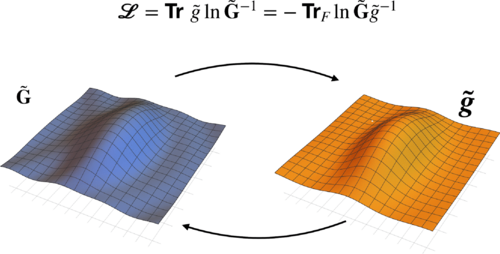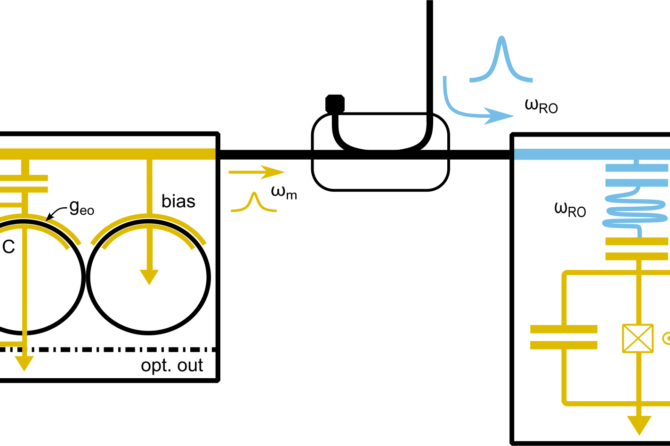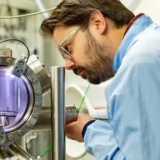Technology
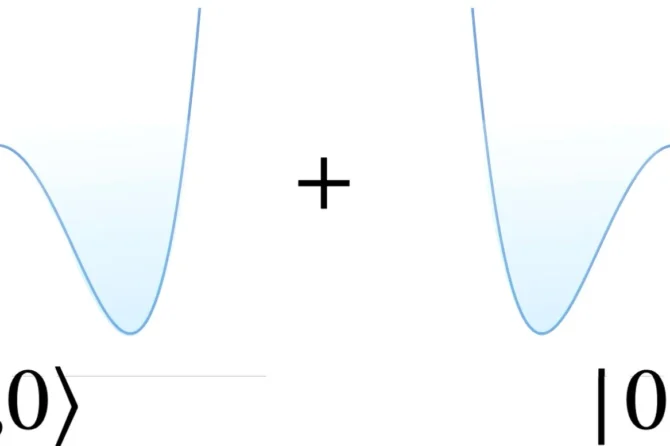
Rapid Creation of NOON States
Researchers at the University of Liège developed a breakthrough method that accelerates the creation of quantum NOON states using ultra-cold atoms from minutes to just 0.1 seconds, making these previously inaccessible quantum superpositions practical for applications in quantum metrology and computing.
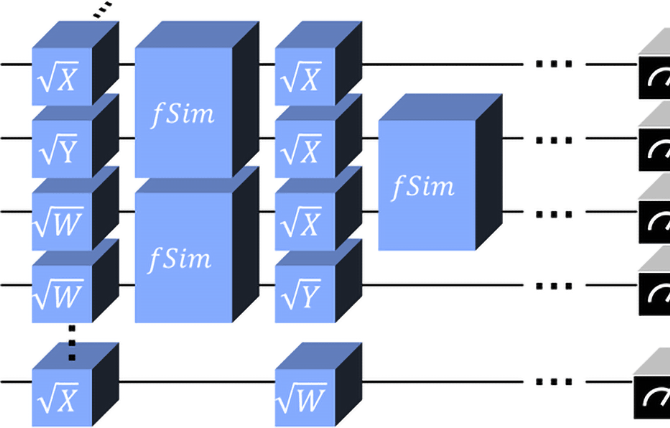
Classical Computing Overtakes Quantum Advantage: Google Sycamore Dethroned
Researchers successfully simulated Google’s 53-qubit Sycamore quantum circuit seven times faster than the original quantum computer using 1,432 GPUs and innovative tensor network algorithms, effectively refuting Google’s quantum advantage claim.
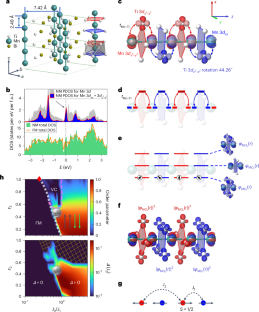
One-Dimensional Quantum Magnetism in Metallic Ti₄MnBi₂
Scientists at UBC’s Blusson Quantum Matter Institute have discovered that the metallic compound Ti4MnBi2 exhibits rare one-dimensional quantum magnetism with strongly entangled magnetic moments and conduction electrons, representing only the second known metallic system with confirmed one-dimensional magnetism and opening new possibilities for quantum computing and spintronics.
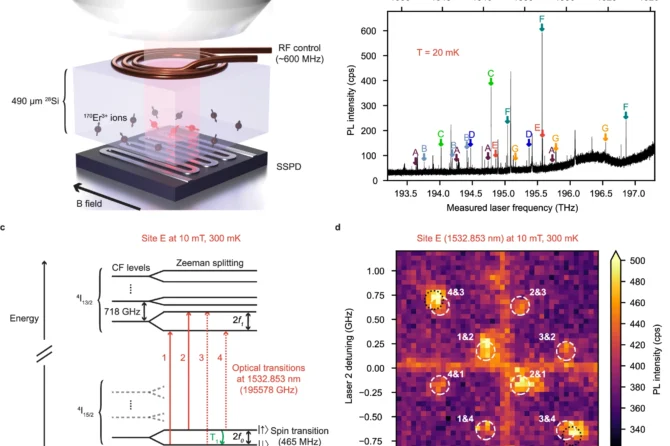
Long optical and electron spin coherence times for erbium ions in silicon
Erbium ions in silicon demonstrate unprecedented coherence properties with optical linewidths below 70 kHz and electron spin coherence times exceeding 0.8 ms, establishing a promising telecommunications-compatible platform for quantum information processing that leverages existing silicon nanofabrication technologies.
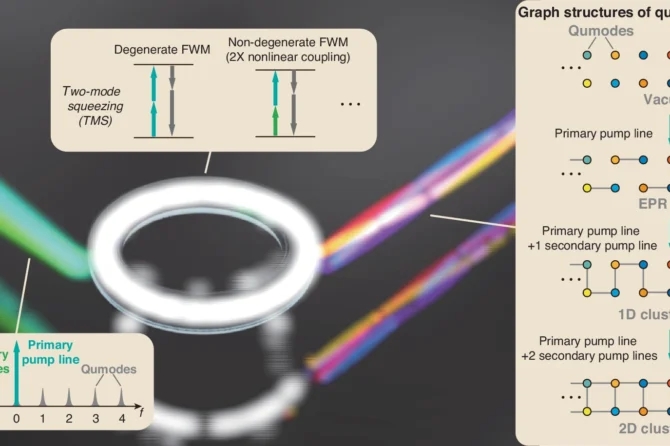
On-Chip Quantum Entanglement: 60-Mode Cluster States
Chinese researchers achieved a groundbreaking advance in quantum photonics by generating a massive 60-mode entangled cluster state directly on a chip using optical microresonators and a multi-laser pump technique, creating high-quality quantum entanglement that could revolutionize chip-based quantum computers, secure communications, and advanced sensors.
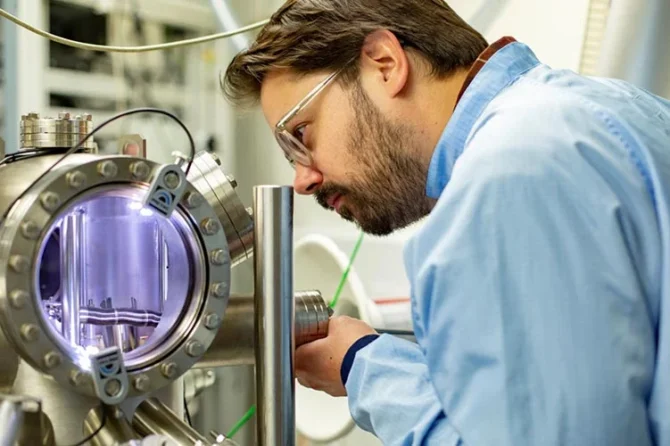
Chip Fabrication: Arsenic Atoms Transform Quantum Tech
UCL researchers have developed a groundbreaking technique using arsenic atoms in silicon that achieves a 97% success rate for single-atom placement (compared to phosphorus’s 70%), potentially solving quantum computing’s twin challenges of error rates and scalability through scanning tunneling microscopy hydrogen resist lithography.
Business
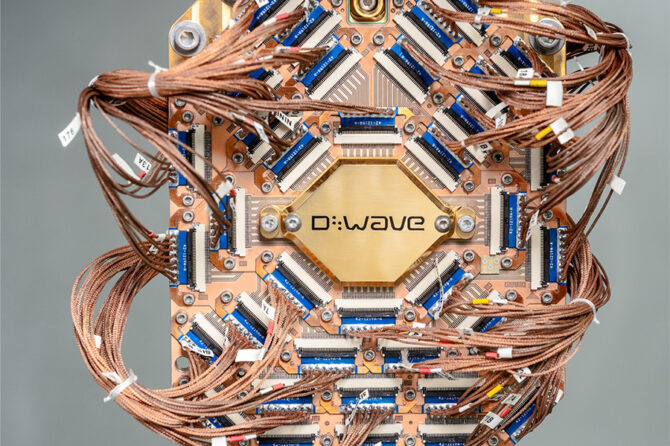
D-Wave First to Demonstrate Quantum Supremacy
D-Wave Quantum Inc. has achieved the world’s first demonstration of quantum computational supremacy on a useful real-world problem, using their Advantage2 prototype quantum annealer to perform complex magnetic materials simulations in minutes that would take a classical supercomputer nearly one million years and consume more than the world’s annual electricity.
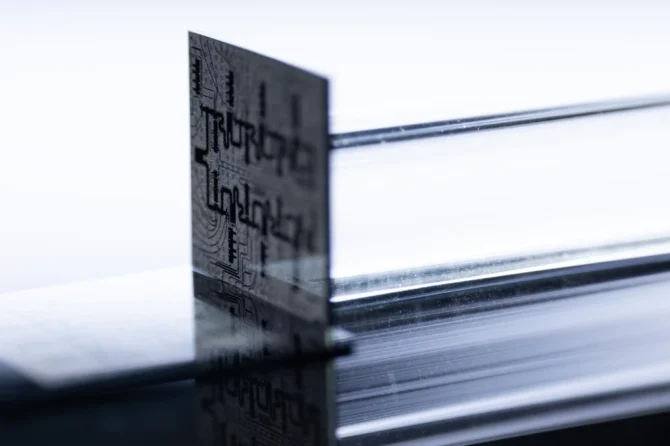
Amazon announces Ocelot quantum chip
Amazon Web Services has unveiled Ocelot, a groundbreaking quantum chip that uses cat qubits and bosonic quantum error correction to significantly reduce resource requirements, achieving bit-flip times approaching one second while requiring only one-tenth the resources of traditional approaches, potentially revolutionizing the path to commercially viable quantum computing.

IonQ to Acquire Controlling Stake in ID Quantique
IonQ is acquiring a controlling stake in quantum safe networking leader ID Quantique (IDQ) to strengthen its global quantum ecosystem, accelerate quantum networking development, and establish a strategic partnership with SK Telecom, with the acquisition expected to close in Q2 2025.
International

Classical Computing Overtakes Quantum Advantage: Google Sycamore Dethroned
Researchers successfully simulated Google’s 53-qubit Sycamore quantum circuit seven times faster than the original quantum computer using 1,432 GPUs and innovative tensor network algorithms, effectively refuting Google’s quantum advantage claim.

Classical Computing Overtakes Quantum Advantage: Google Sycamore Dethroned
Researchers successfully simulated Google’s 53-qubit Sycamore quantum circuit seven times faster than the original quantum computer using 1,432 GPUs and innovative tensor network algorithms, effectively refuting Google’s quantum advantage claim.
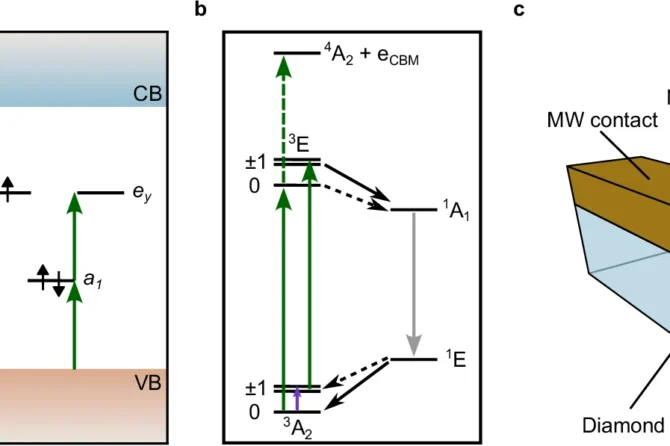
Diamond Quantum Spin Detection: A New Approach
HZB researchers have developed a groundbreaking technique to read quantum spin states in diamonds using electrical signals instead of light, which could dramatically simplify quantum sensor and computing hardware by replacing complex optical components with straightforward electrical contacts.

One-Dimensional Quantum Magnetism in Metallic Ti₄MnBi₂
Scientists at UBC’s Blusson Quantum Matter Institute have discovered that the metallic compound Ti4MnBi2 exhibits rare one-dimensional quantum magnetism with strongly entangled magnetic moments and conduction electrons, representing only the second known metallic system with confirmed one-dimensional magnetism and opening new possibilities for quantum computing and spintronics.
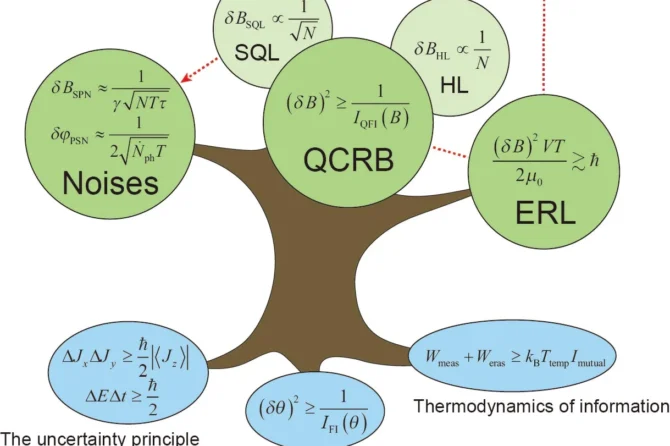
Quantum Magnetometry: Pushing Limits of Sensitivity & Physics
Quantum magnetometers leverage quantum particles’ unique properties to detect extremely small magnetic fields, with their ultimate sensitivity limits governed by quantum noise, parameter estimation theory, and energy resolution constraints that help define their true “quantumness.”

On-Chip Quantum Entanglement: 60-Mode Cluster States
Chinese researchers achieved a groundbreaking advance in quantum photonics by generating a massive 60-mode entangled cluster state directly on a chip using optical microresonators and a multi-laser pump technique, creating high-quality quantum entanglement that could revolutionize chip-based quantum computers, secure communications, and advanced sensors.
Startups
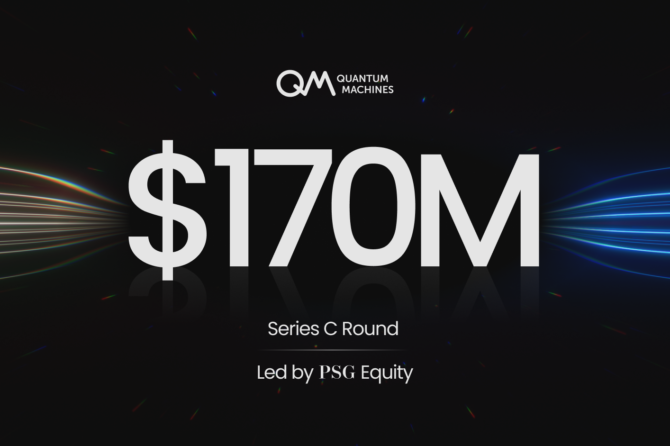
Quantum Machines Raises $170M
Quantum Machines has raised $170 million in Series C funding, bringing its total to $280 million, as the company’s hybrid control technology for quantum computing systems gains widespread adoption across the industry during a breakthrough year marked by significant hardware and error correction advancements.
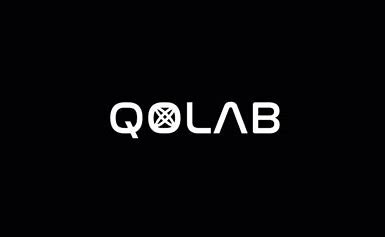
Qolab Secures Over $16 Million in Series A Financing
Qolab, Inc., a pioneering company in superconducting quantum computing, has successfully raised over $16 million in Series A financing.

SandboxAQ Secures $300M to Scale Large Quantitative Models
SandboxAQ has announced a significant funding round of over $300 million from prominent investors including Fred Alger Management, T. Rowe Price Associates, Mumtalakat, and notable individuals like Eric Schmidt, Marc Benioff and Yann LeCun. The […]

Maryland Aims to Become Global Quantum Hub with $1B IonQ Partnership
IonQ, a leading quantum computing company, has announced a major partnership with the University of Maryland and the State of Maryland to establish the region as the “Capital of Quantum.” This landmark initiative aims to […]
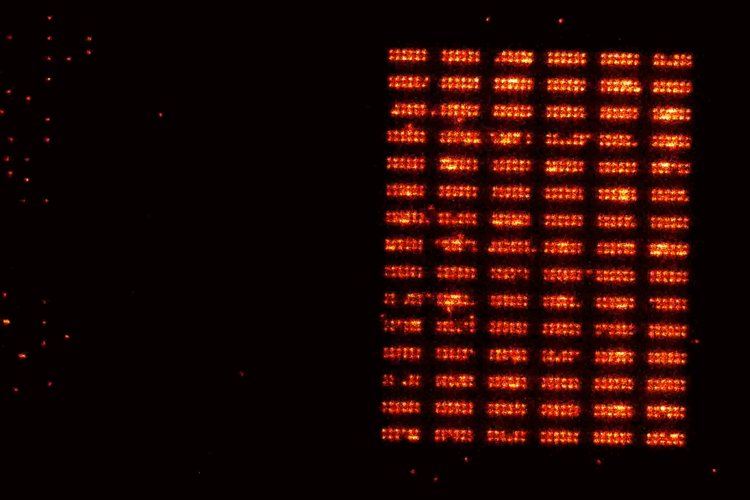
Quantum register reaches 1200 neutral atoms in continuous operation
A team of researchers from the Munich Quantum Valley, led by the Max Planck Institute of Quantum Optics in collaboration with the quantum computing start-up planqc, has succeeded in running a register of 1200 atoms continuously for over an hour.

Delta g raises £1.5m to build gravity gradiometry platform
A new University of Birmingham spinout, Delta g, has raised £1.5 million in its pre-seed investment round to fast-track the commercial availability of its ground-breaking quantum technology gravity sensors for mapping the underground space. The […]
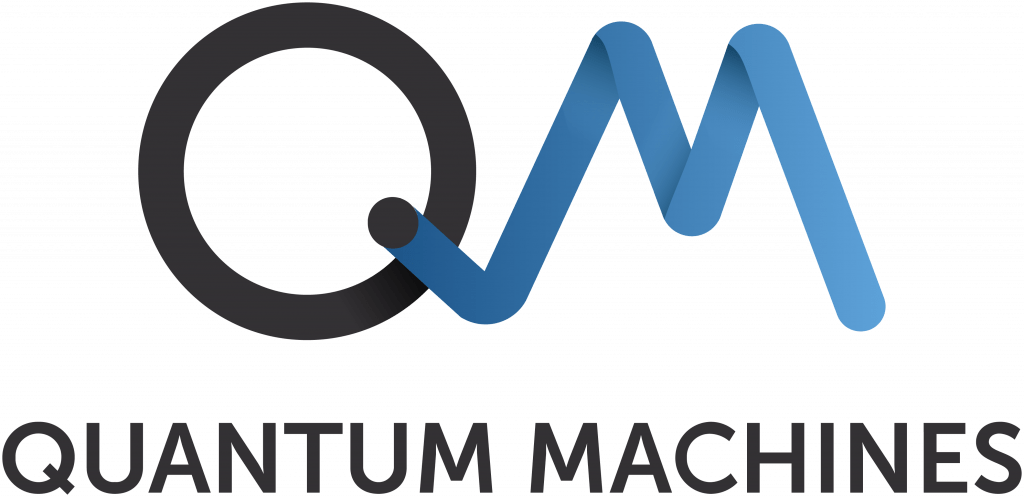
Toyota Tsusho Partners With Quantum Machines
Quantum Machines, provider of quantum control solutions , and Toyota Tsusho Corporation (Toyota Tsusho), a member of the Toyota Group, have announced a partnership to offer Japanese customers cutting edge quantum technologies. The partnership will […]
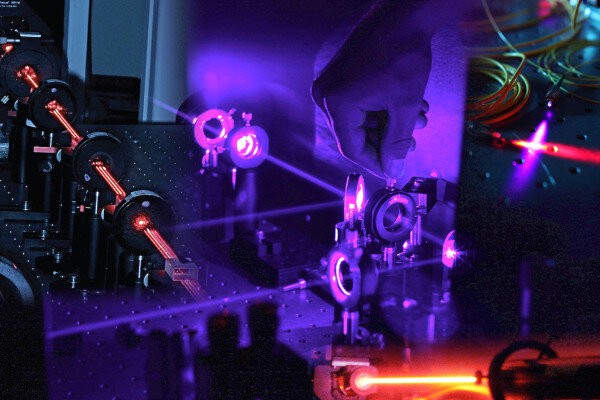
ORCA Computing: a new Quantum Computer in the UK
ORCA Computing is working with the UK Ministry of Defence (MoD) to develop future data processing capabilities. In a year-long programme of activity, MoD will use ORCA’s PT-1 model, the first computer of its kind […]


